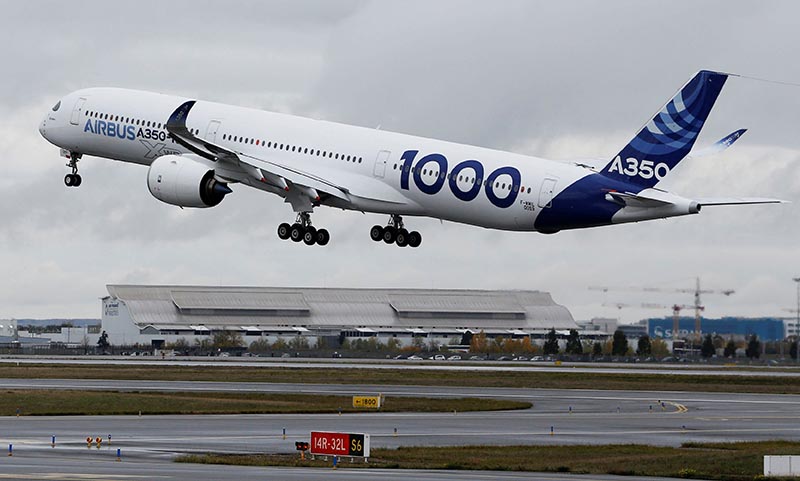
The world’s passenger and freighter aircraft fleet is set to more than double from today’s nearly 23,000 to almost 48,000 by 2038 with traffic growing at 4.3% annually, also resulting in a need for 550,000 new pilots and 640,000 new technicians.
By 2038, of the forecast 47,680 fleet, 39,210 are new and 8,470 remain from today. By updating fleets with latest generation fuel efficient aircraft such as the A220, A320neo Family, the A330neo and the A350, Airbus believes it will largely contribute to the progressive decarbonisation of the air transport industry and the objective of carbon neutral growth from 2020 while connecting more people globally.
Reflecting today’s evolving aircraft technology, Airbus has simplified its segmentation to consider capacity, range and mission type. For example, a short haul A321 is Small (S) while the long-haul A321LR or XLR can be categorised as Medium (M). While the core market for the A330 is classified as Medium (M), it is likely a number will continue to be operated by airlines in a way that sits within the Large (L) market segmentation along with the A350 XWB.
The new segmentation gives rise to a need for 39,210 new passenger and freighter aircraft -29,720 Small (S), 5,370 Medium (M) and 4,120 Large (L) – according to Airbus’ latest Global Market Forecast 2019-2038. Of these, 25,000 aircraft are for growth and 14,210 are to replace older models with newer ones offering superior efficiency.